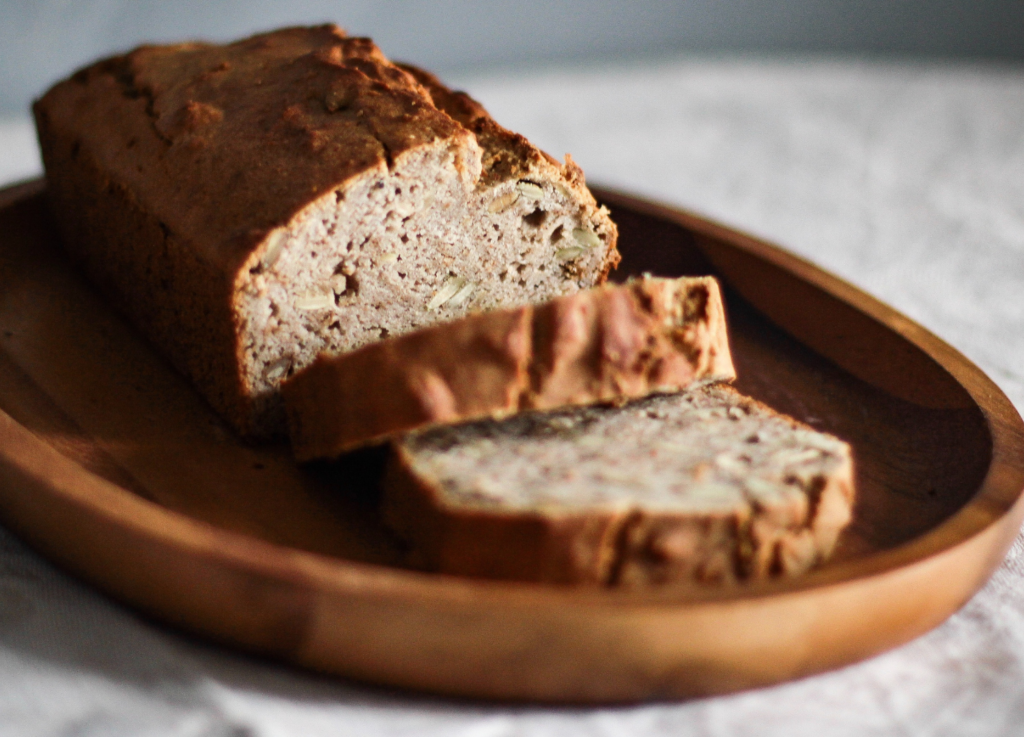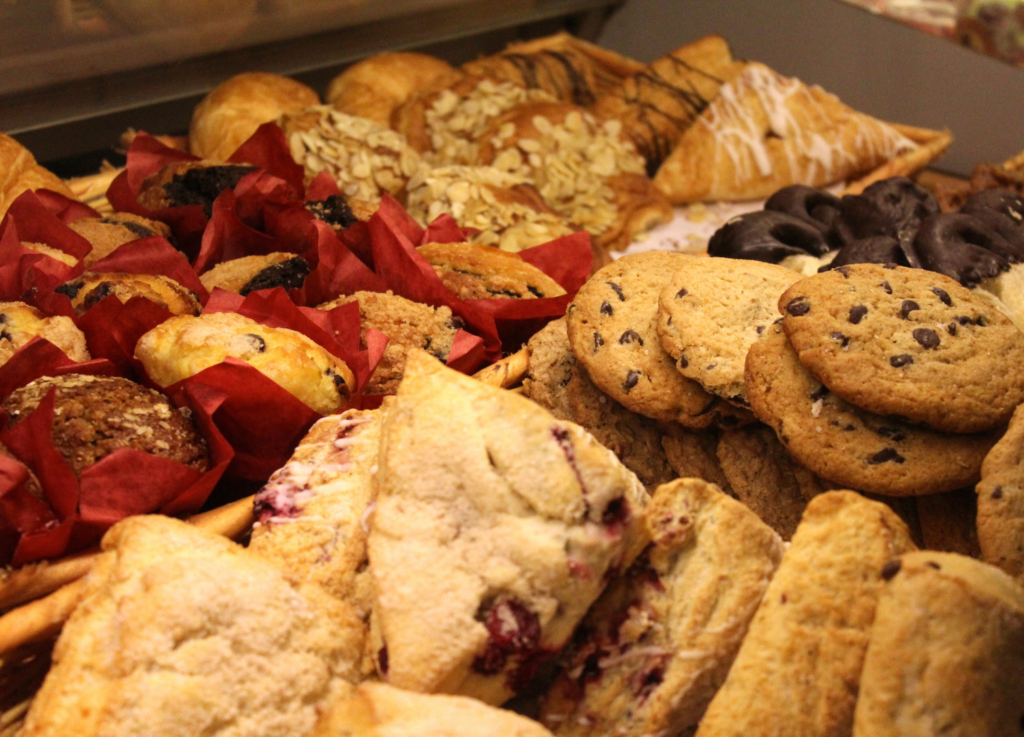I write a great deal about the dangerous effects of inflammatory foods. If you became the expert in just this one aspect of a healthy lifestyle, you could live a long (and vibrant) life.
There’s one aspect of healthy eating I rarely discuss. I call it the “dynamics of food” (as opposed to the composition).
The French Paradox – Revisited
Many books have been written on the “French Paradox.” They eat a higher percentage of fat, don’t limit alcohol, enjoy grains, and yet…don’t have the obesity statistics we have here in the United States.
The French diet is generally recognized as healthy – their overall population is far healthier than those who follow the Standard American Diet (SAD) – while they consume loads of bread, wine, and cheese.
What’s their secret? Endless fresh food is part of it. However, I found myself thinking about “long” and “short” dough in bread making.
Bread has always enjoyed a positive reputation as the so-called “staff of life.” I’ve had readers write that bread is praised in the Bible and therefore, it is above suspicion.
That’s not the case at all. Bread today is a killer – generally a highly inflammatory food. Why? We have gluten sensitivity AND wheat allergy (they are not the same thing) – which are both bad news. Alzheimer’s, diabetes, and heart disease are only part of the story.

Bread wasn’t always bad for you. Major changes in bread-making habits have resulted in a traditional food becoming our number one inflammatory food and health hazard (after microbes).
Dr. Amy McGrath – a doctor of history from Australia – has pointed out that bread is no longer manufactured in the way it used to be. The change in work conditions (specifically the hours of shift-working introduced after the World War II) meant that bread was no longer fermented overnight. Instead, it was rushed through the rising process using so-called ‘improvers’ to fluff up the loaf. This is considered a “short dough” method.
Chemically, the result was a very different bread from the traditional loaf.
Dr. McGrath hypothesizes that modern bread contains unchanged maltose in large quantities and reckons that is why her family can’t tolerate it. The same ingredients baked using the old-fashioned “long dough” method don’t make her or her children ill because the maltose is removed.
She goes on to explain that it was traditional practice in Ireland to cover oatmeal with water overnight before cooking and that this resulted in a much finer porridge. Again, this allowed a simple fermentation process to take place (there is sufficient yeast present). This would remove maltose and other reactive complex carbohydrates.
As Dr. McGrath puts it, it seems that there is a lot of traditional wisdom that has been passed on from generation to generation simply by trial and error. People have found that certain procedures render food less toxic and harmful.
Making foods less inflammatory naturally makes them more nutritious.
We have thrown out this traditional wisdom and replaced it with modern technology, pre-packaged food, and the mania for instant everything. Dangerous “short dough” is a result of this ignorance.
The Dynamics of Food
In the 1980s, I became increasingly interested in the dynamics of food –the cooking and preparation processes separate from the purely allergic or intolerant ingredients phenomenon.
The first clues came from unrelated observations:
- Well-cooked minced beef is more allergenic than rare steak
- Pastry is the form of wheat most likely to upset a wheat-allergic patient
- Vegetables such as celery, carrots, and cabbage seem to be far less allergenic when well-cooked
- Fried potato is more likely to cause a reaction than boiled
- Stir-frying is a particularly safe way to prepare foods
- And so on…

It’s easy to hypothesize that processing our food will alter the allergic basis for it and therefore produce a different reaction. This is a positive outcome for goods like heat-treated evaporated milk (heat-treated), which is tolerated by about half our milk-allergics.
The discovery of fire had a great deal to do with humanity’s ability to feed safely on a wide variety of potential inflammatory foods. Fire was probably a more important development than the wheel or tool making. It allowed humans to cook and eat otherwise toxic foods. This supported a major population explosion that would have been impossible eating only raw food (many of which are toxic).
Food dynamics can change your reaction to them and whether they are an inflammatory food in your personal eating plan. I go into great detail about this in my book Fire in the Belly and if you haven’t read it, you should!
The post Inflammatory Foods to Eliminate from Your Diet appeared first on Dr. Keith Scott-Mumby.
